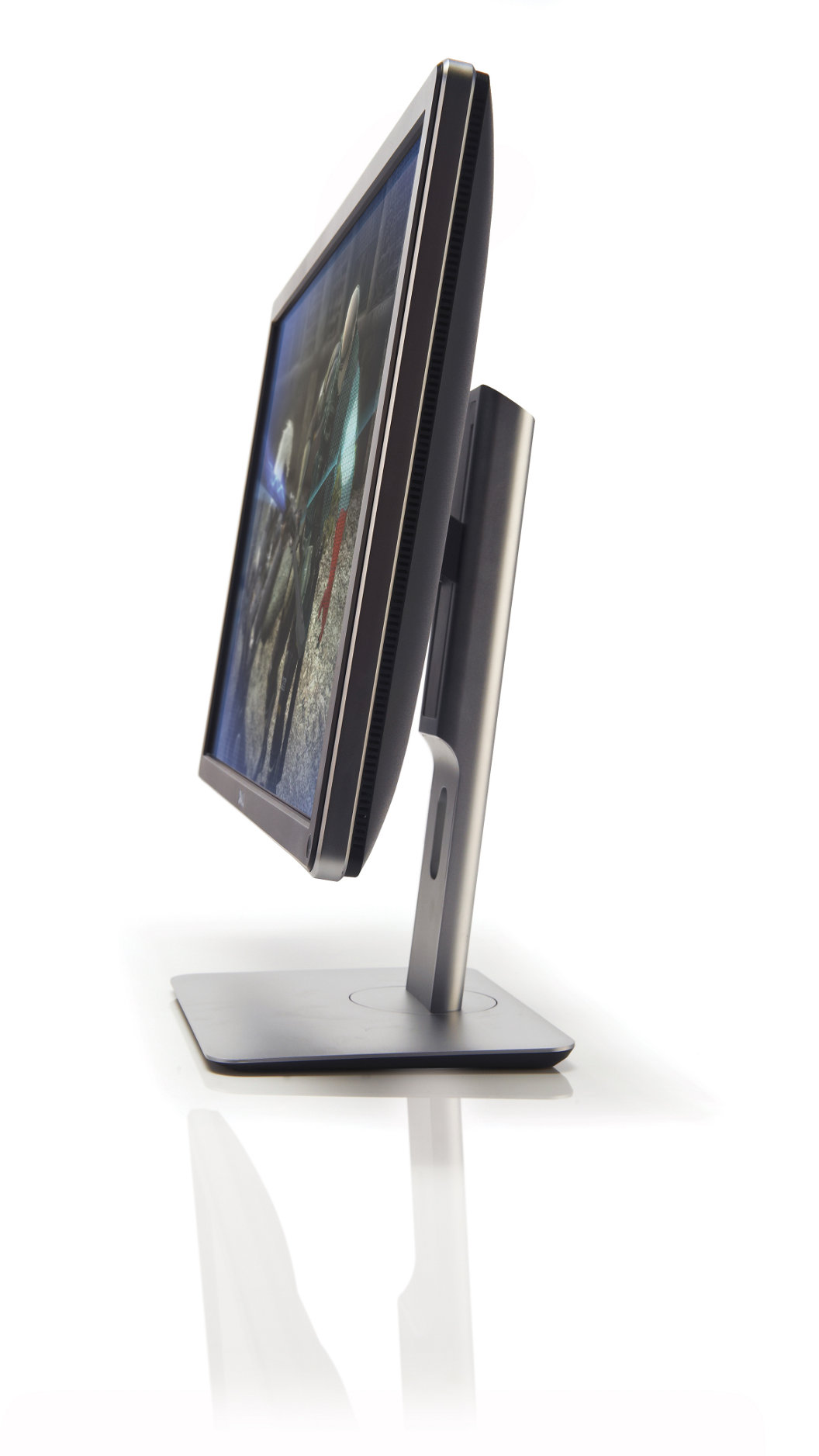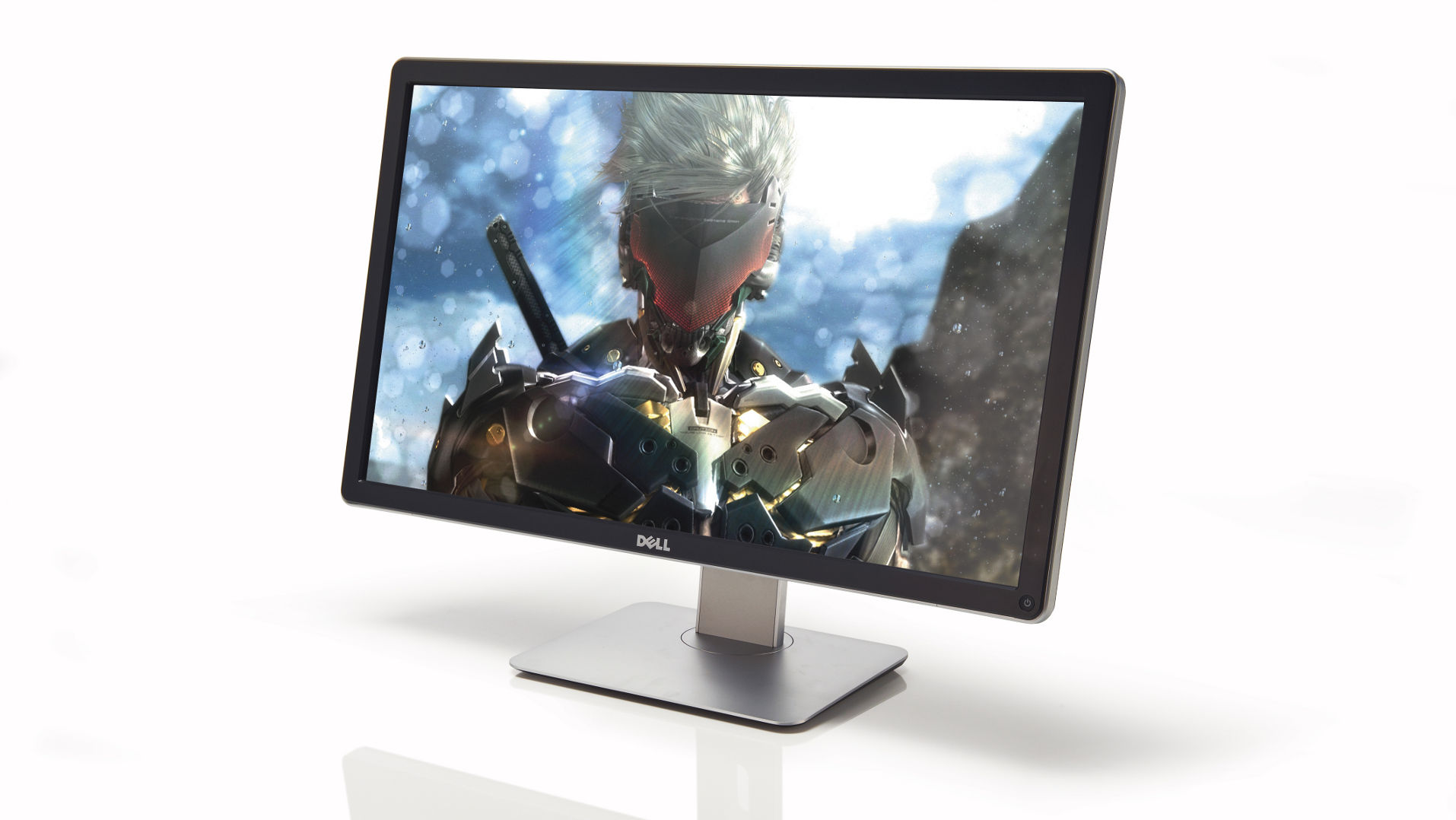Why you can trust TechRadar
The same goes for gaming, except this time round, the narrative is a bit more complicated and depends what kind of GPU you're packing. We took the UP2414Q for a spin courtesy of an Nvidia GeForce GTX 780Ti, the fastest single graphics card you can buy. And it can only just cope with that collosal native resolution at full detail gaming in moderately demanding titles.

You're looking at around 50 frames per second in GRID 2, for instance, and just 15 frames per second in Metro: Last Light. Of course, you can wind the details down and get the latest games running pretty well. But the message is clear enough overall. You'll need some epic graphics hardware to play games on this panel. But even then, you'll have to make some compromises.
What's more, you'll also be left wondering if you might rather trade all those pixels for a super high frame rate and maybe even a dash of Nvidia G-Sync tech. Pixels alone do not a killer gaming monitor make. Frankly, then, the PC isn't quite ready to game in 4K. It's close, but it will probably take the next generation of GPUs to enable compromise-free 4K at the high end. And a couple more generations to take it into the mainstream.
Speaking of technologies not ready for 4K and super-high DPI displays like this Dell, you can add Windows to the list. Even the latest 8.1 build of Windows does a poor job of scaling. And believe us when we say this: you'll want to enable some kind of scaling.
Run the UP2414Q at native resolution with standard Windows DPI and font size settings, and everything looks preposterously tiny. It's just not usable.
Scaling problems
However, if you fiddle with the fonts and scaling you'll hit problems and fast. Sure, you can achieve something literally legible. We'd even concede many core elements of the Windows 8.1 desktop interface, including Windows Explorer, scale nicely and look superb.
But most third party apps look atrocious. What you get is a blurred, blown-up bitmap that makes everything look soft and fuzzy. The same goes for nearly all webpages. The harsh truth is that much of the computing world isn't ready for high-DPI displays, and that becomes all too apparent as soon as you fire up the UP2414Q.
Sign up to the TechRadar Pro newsletter to get all the top news, opinion, features and guidance your business needs to succeed!
That said, Windows 8.1's touch interface is properly scaleable and looks crisp and clean for the most part. It's probably just not the bit of Windows most people will be planning to use predominantly with what is not a touch-enabled monitor.
One obvious exception to all this high-DPI doom, however, is Apple's OS X operating system. Since the introduction of so-called Retina displays for its MacBook portables, Apple has put in lots of work to enable proper scaling for high-DPI screens.
It's not perfect as yet. Even Apple can't re-render everyone else's web pages for high DPI. But it's still miles ahead of what Microsoft has achieved with Windows. All of which makes this 24-inch 4K screen a tricky proposition.
Verdict
It looks absolutely stunning, but at this stage it's probably of more interest to content creation professionals running Mac Pro machines than PC performance and gaming enthusiasts. Instead, it could well be Dell's next 4K screen, a 28-inch effort with a TN panel and very likely a lower cost price sticker, that makes ultra-HD resolutions a practical, affordable prospect for the desktop PC.
Technology and cars. Increasingly the twain shall meet. Which is handy, because Jeremy (Twitter) is addicted to both. Long-time tech journalist, former editor of iCar magazine and incumbent car guru for T3 magazine, Jeremy reckons in-car technology is about to go thermonuclear. No, not exploding cars. That would be silly. And dangerous. But rather an explosive period of unprecedented innovation. Enjoy the ride.
